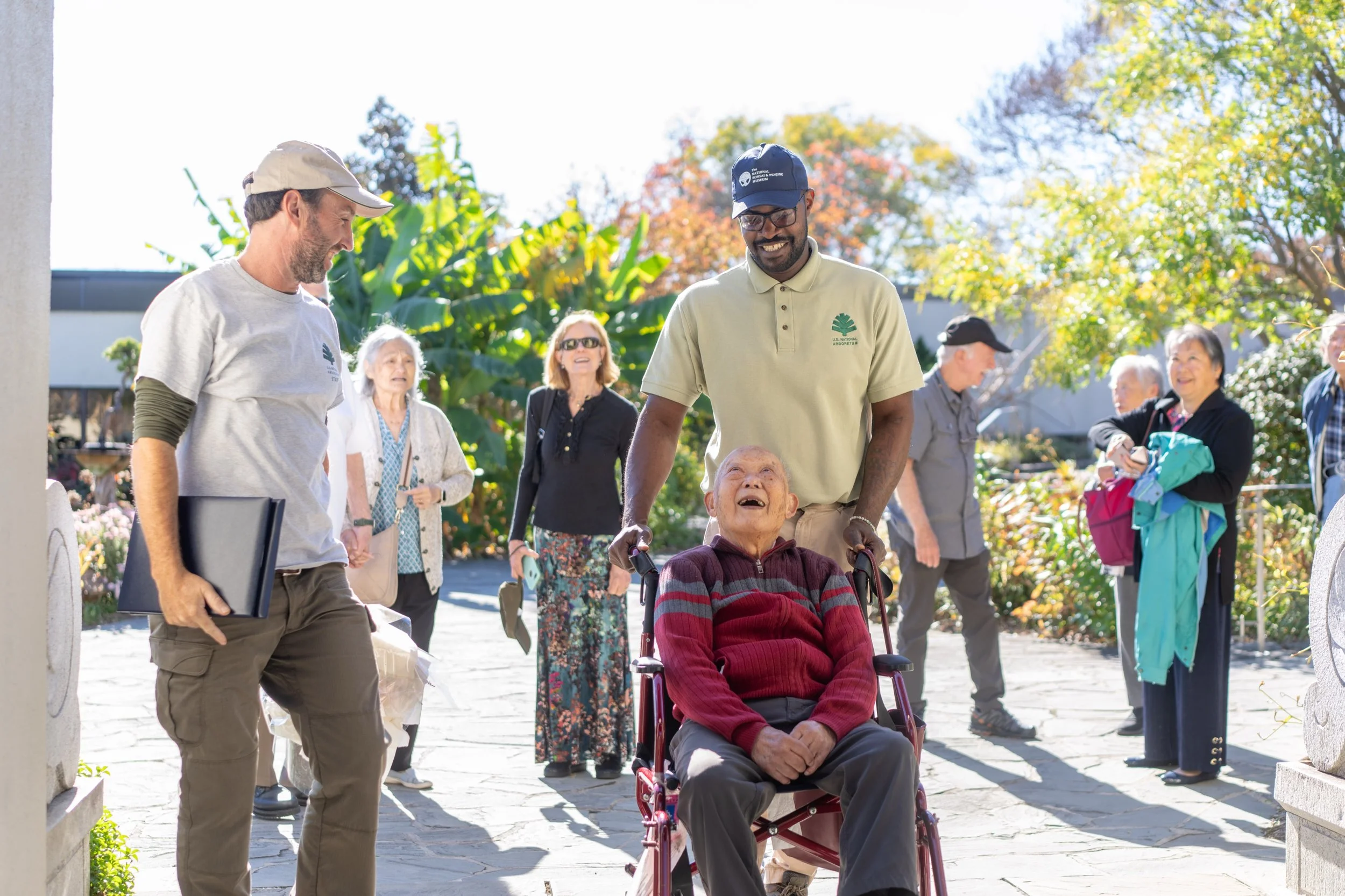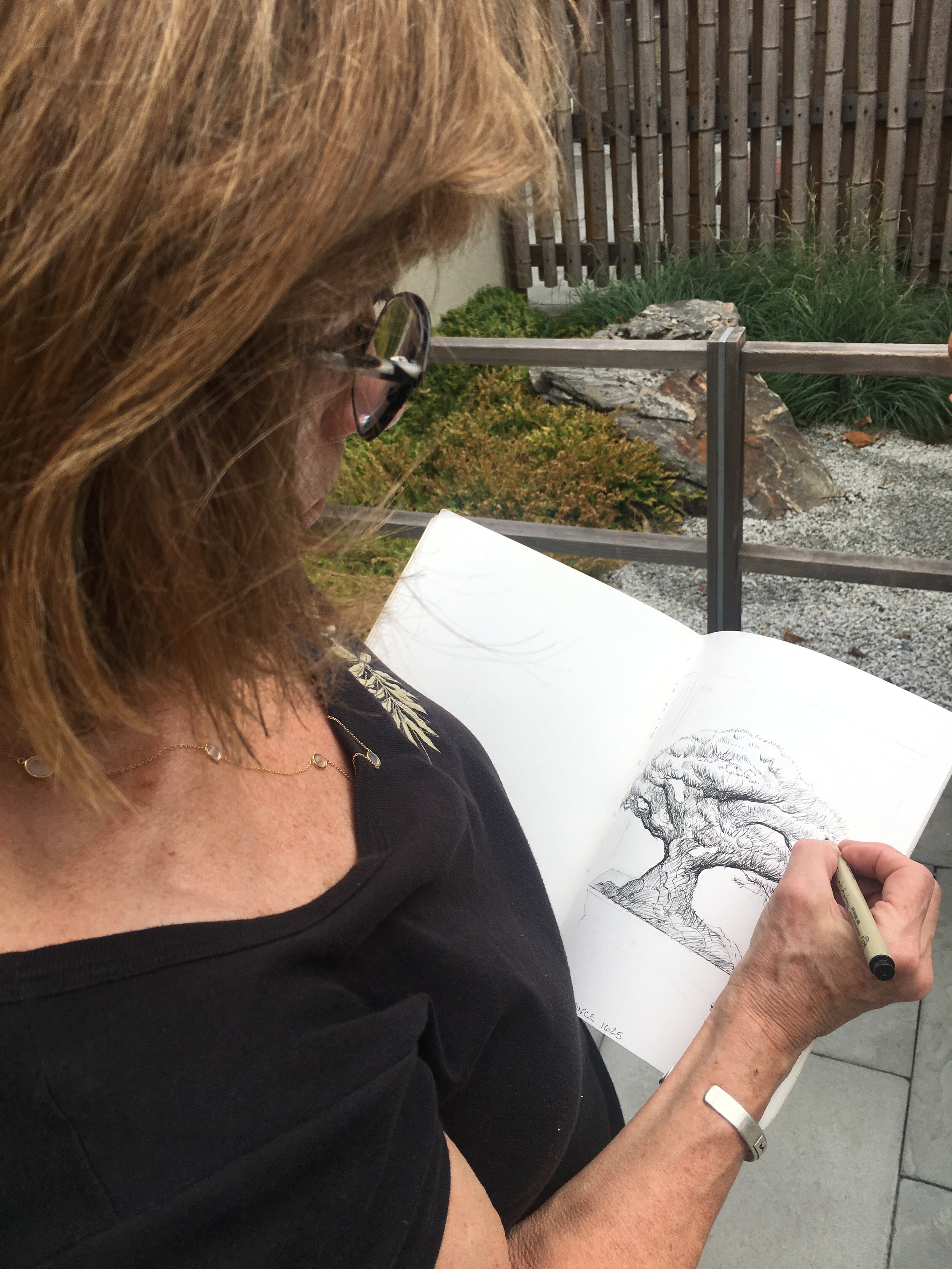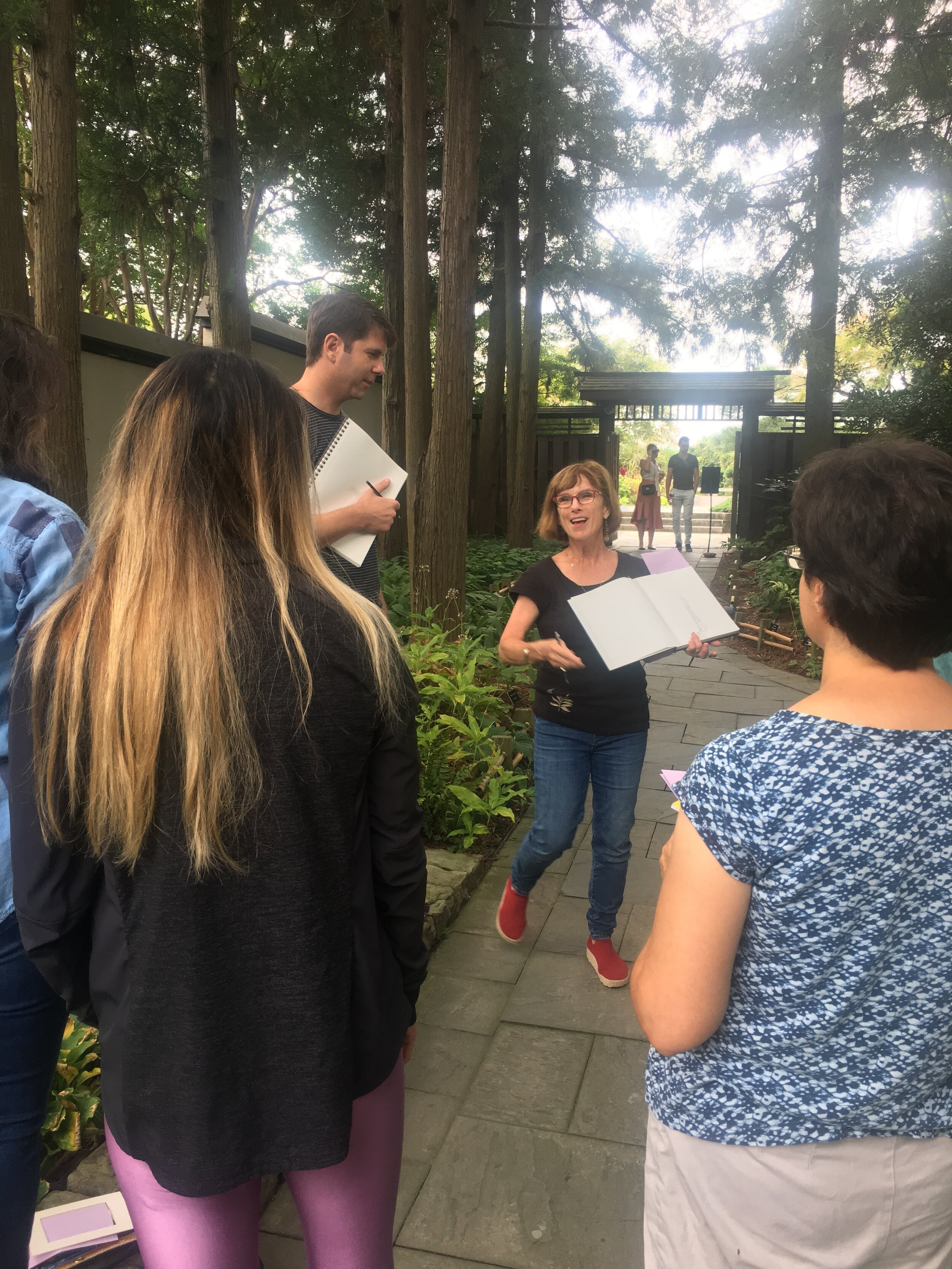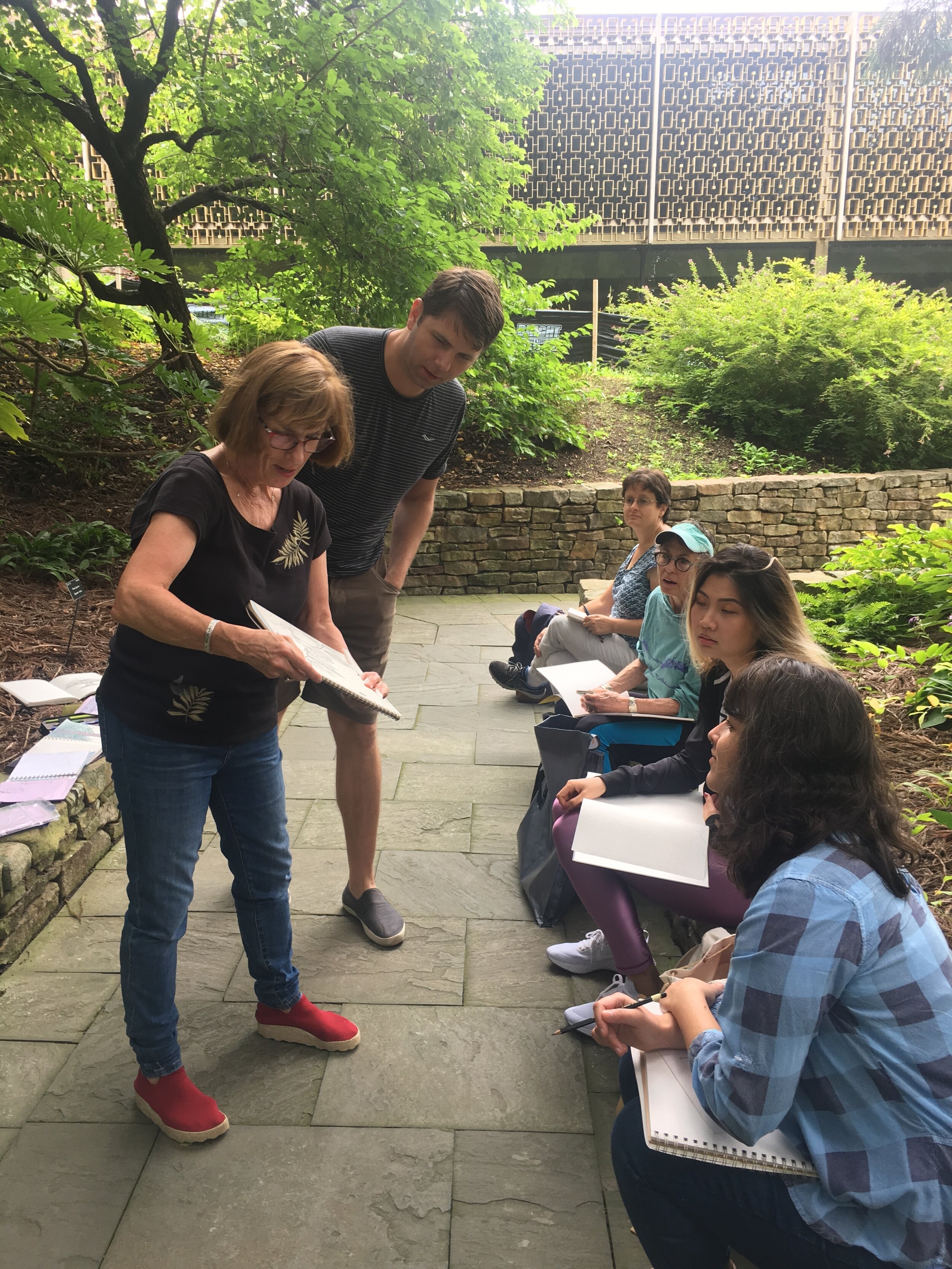“Origami is an incredibly natural fit alongside the bonsai work, because they both rely on the essence of nature to create a beautiful art form.”
When thinking of ancient arts, where does your mind first wander? Perhaps you think of tai chi or even bonsai training – but what about origami? According to the Public Broadcasting Service, the folding art became popular in China around 105 A.D., but soon made its way to Japan and eventually the rest of the globe.
We spoke with Jeff Raab, a professional origamist who will be leading the Museum’s first-ever origami class, Origami & Bonsai: Ancient Arts Collide, happening at the Museum Jan. 18. (You can sign up here). Raab told us about how a beginner’s origami book he was gifted as a child became a lifelong passion.
“Every kid has their thing, trains or dinosaurs – my thing was animals,” Raab said.
Unlike some childhood hobbies that fade with time, Raab found solace in origami again as a young adult while pursuing an acting career in New York. For about five years now, he has worked with Taro’s Origami Studio, teaching folding workshops and delving deeper into the complex models.
“I’d only seen the tip of the iceberg in terms of what origami was, and there was so much more I wasn’t aware of,” he said. “Origami is this vast unending realm of possibility. If you can think of it, somebody’s probably come up with an origami version of it.”
Raab teaches folding to young origamists at Taro’s Origami Studio.
Raab said origami now provides him with a much needed break from a chaotic New York day, instead of just acting as a way to pass the time.
“I love that it’s meditative,” he said. “You’re always engaged with it, but it’s not rushed. You’re patient with it.”
How the ancient arts collide
Both origami and bonsai have been practiced for hundreds of years, and the versatile art forms complement each other with their creativity and precision, Raab said.
“They’re both meditative and engaging,” he said.
Raab said the atmosphere and organic beauty at The National Bonsai & Penjing Museum presents an amazing location for his upcoming origami class.
“Origami is an incredibly natural fit alongside the bonsai work, because they both rely on the essence of nature to create a beautiful art form,” he said.
Vulture and eagle origami
What to expect at Raab’s session
Raab wants to ensure that he introduces the art form in depth, rather than simply presenting a few entertaining models.
“I want to offer some of the underlying concepts around origami so that the class is not just about how to fold three or four things but rather provides some ideas people can expand upon,” he said.
Participants will learn different bases and models, and anyone from a novice origamist to a seasoned folder is welcome.
“I’m treating this as a total beginner, no experience needed, never done it before introduction to origami,” Raab said. “I’m anticipating starting from – no pun intended – square one.”
To get your start in the origami world, or to brush up on your folding techniques, sign up for Origami & Bonsai: Ancient Arts Collide held Saturday, Jan. 18!




































